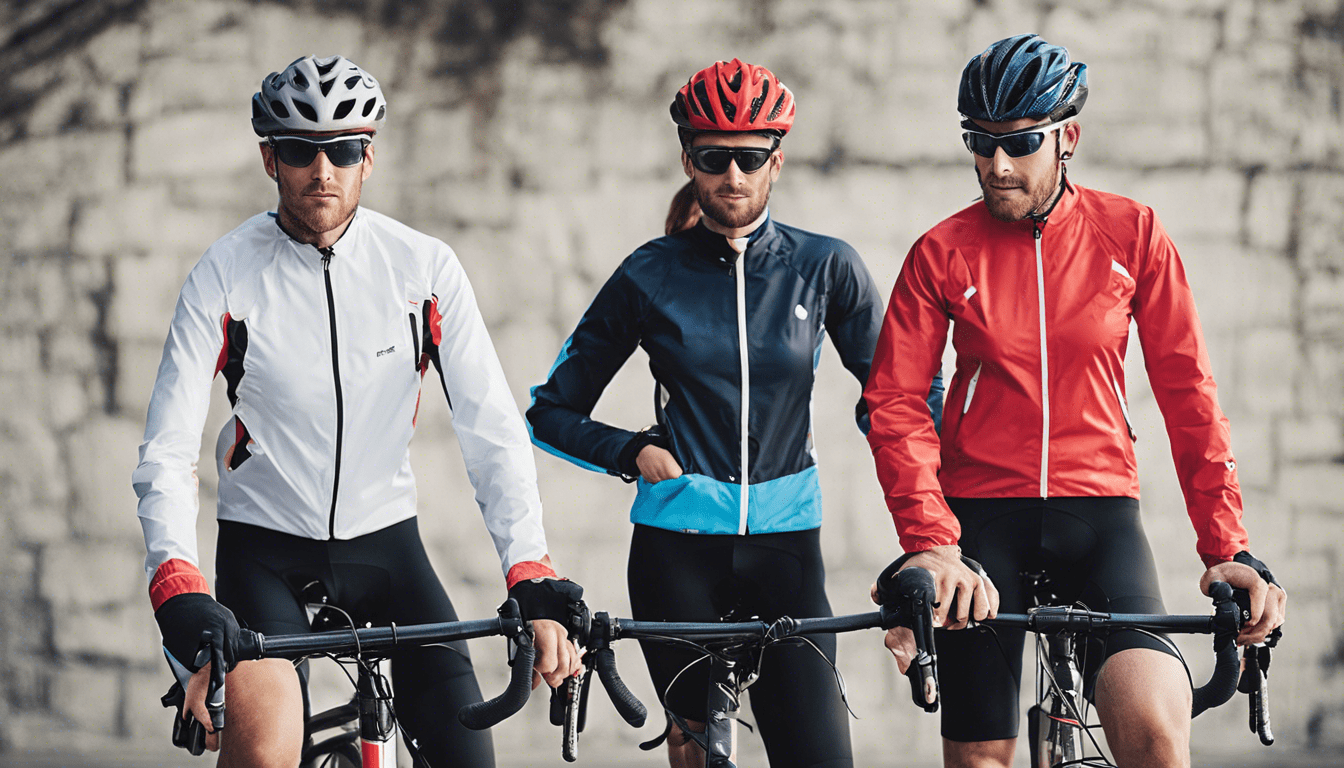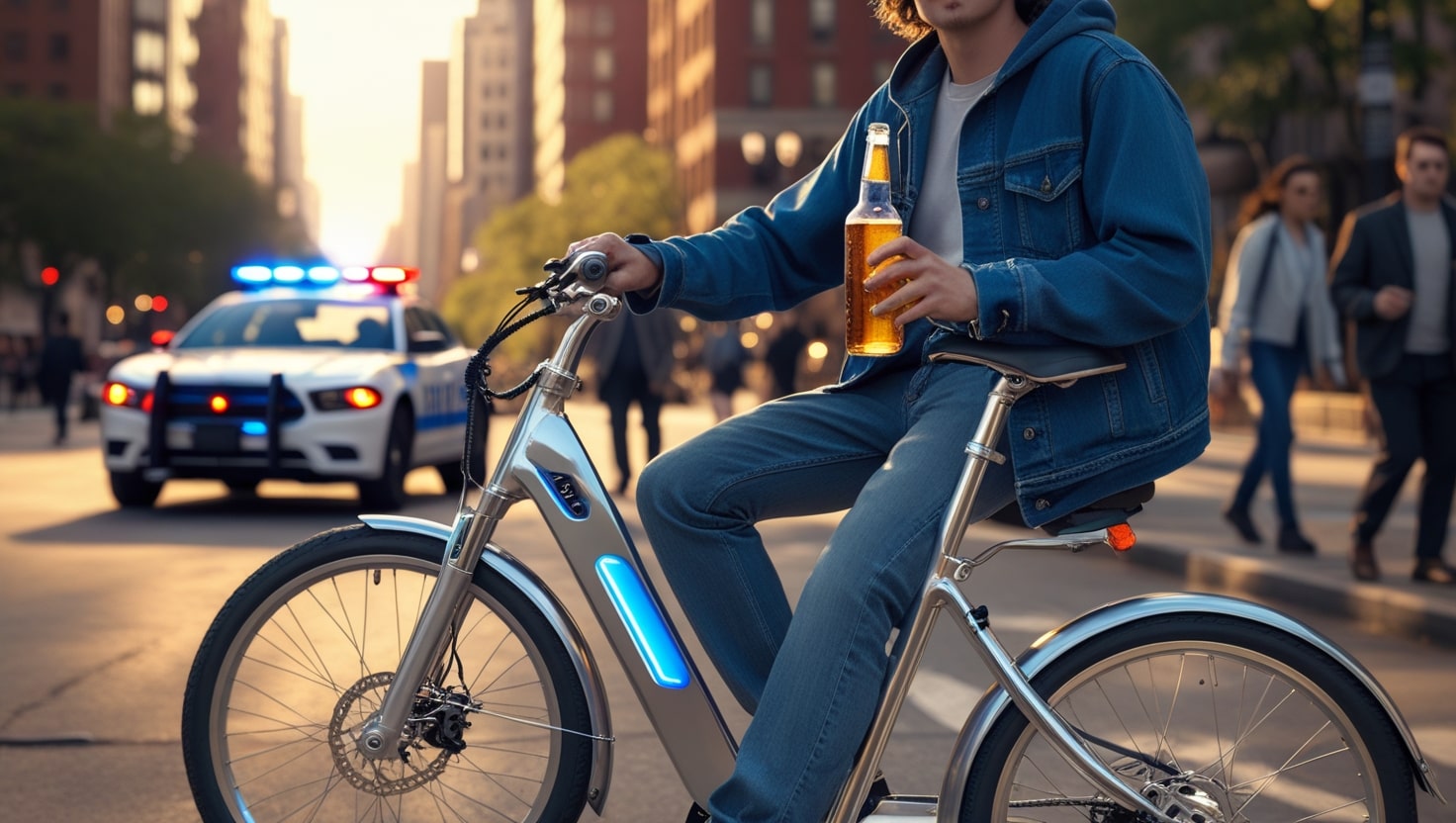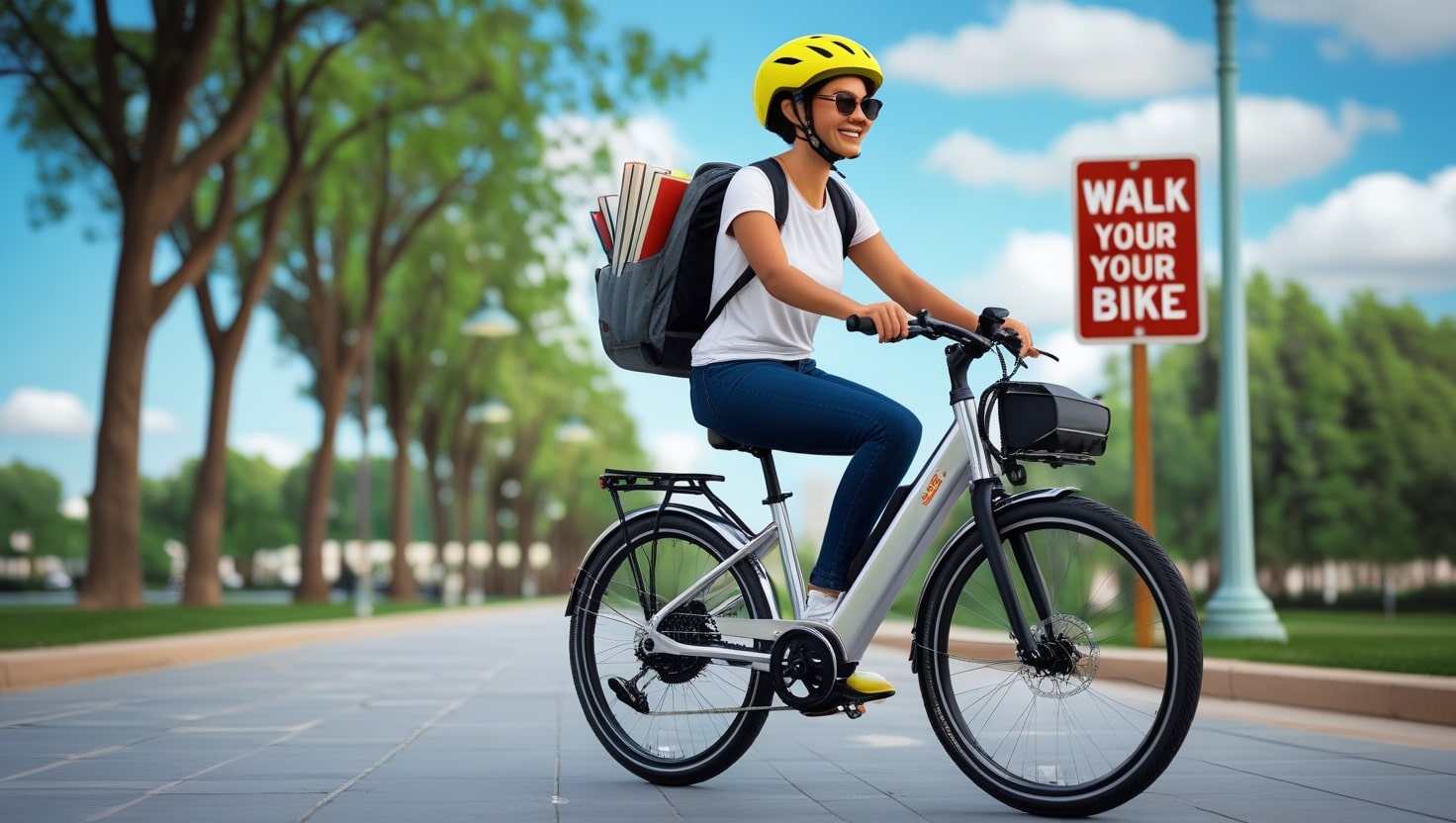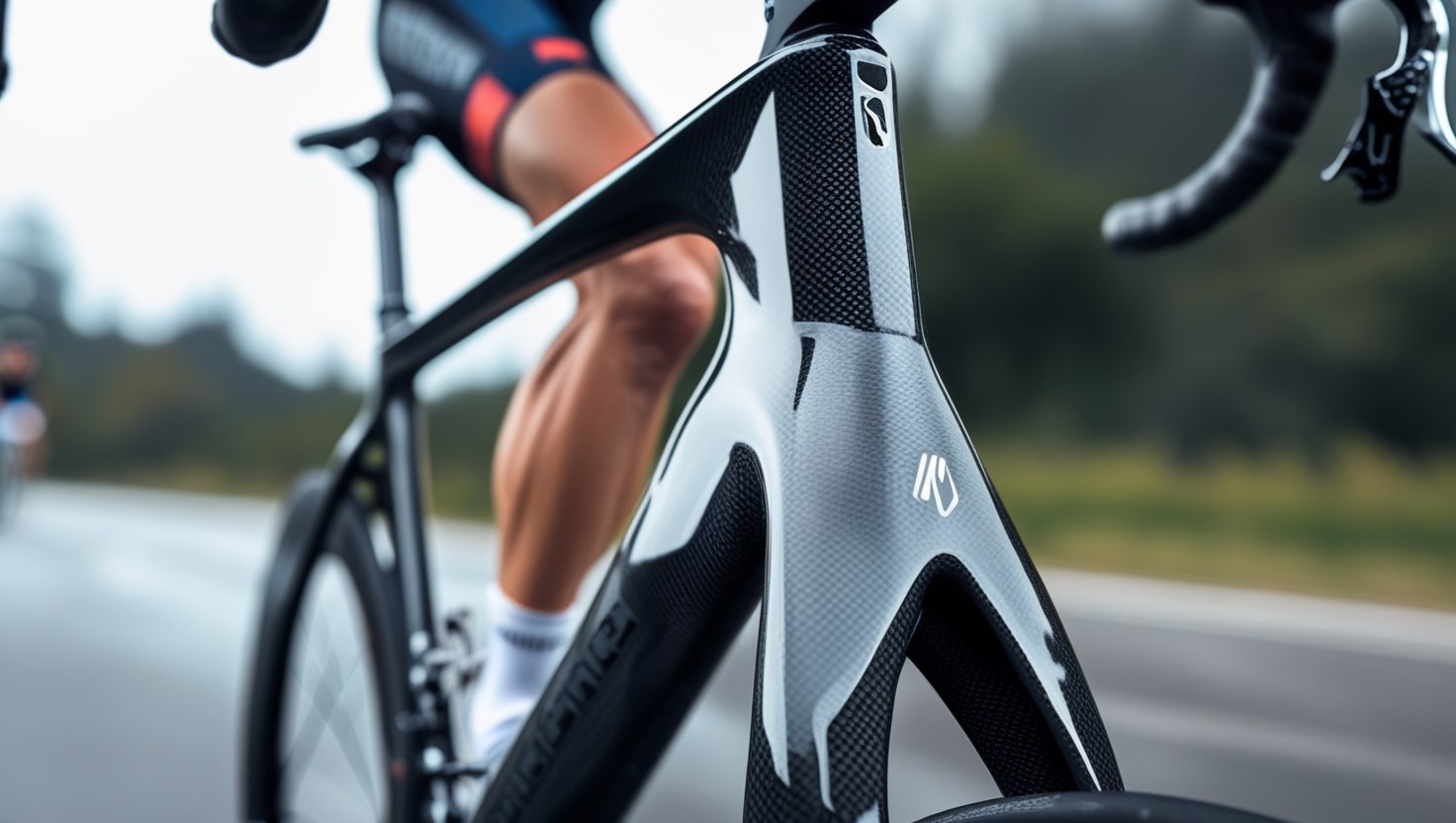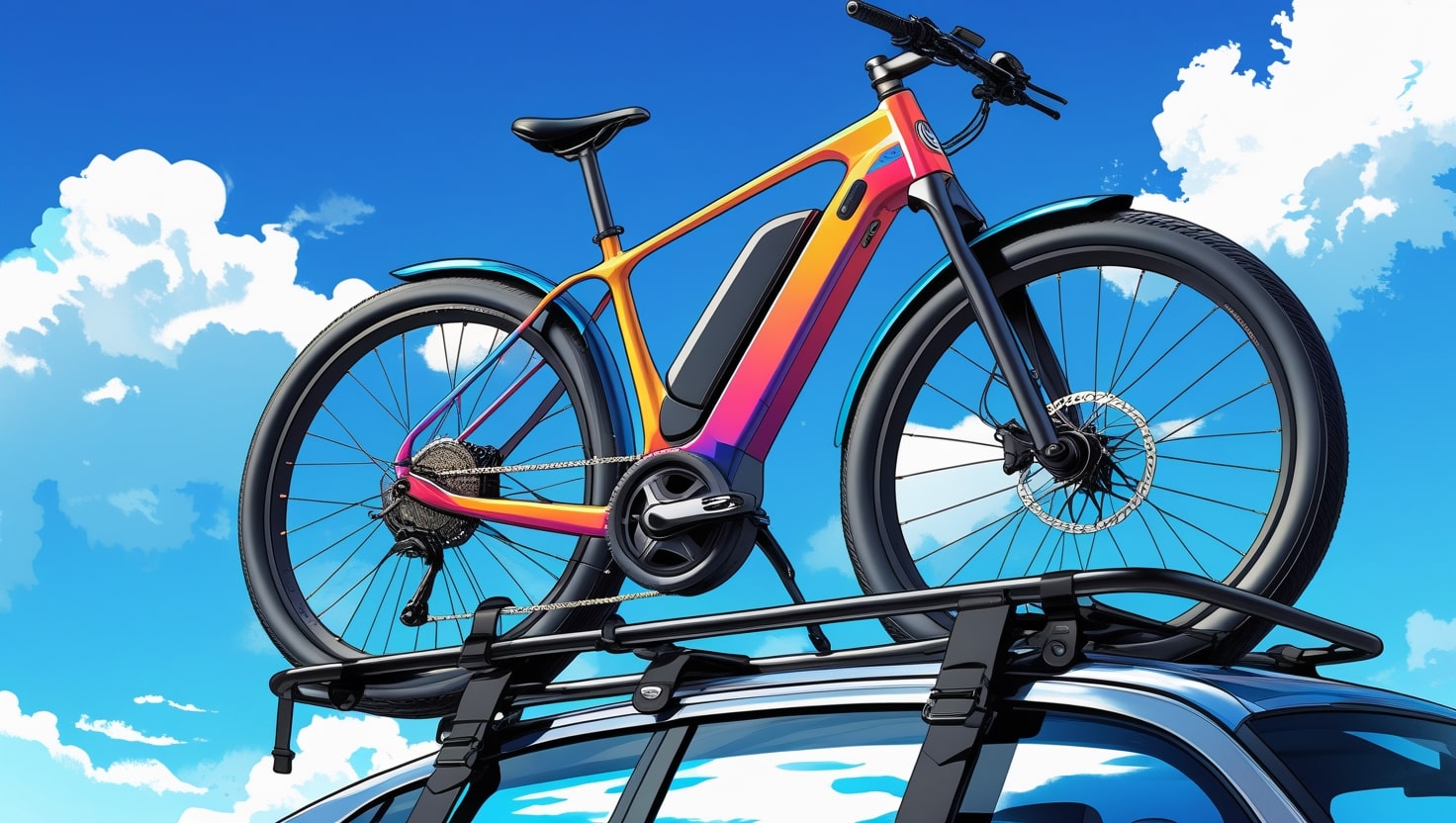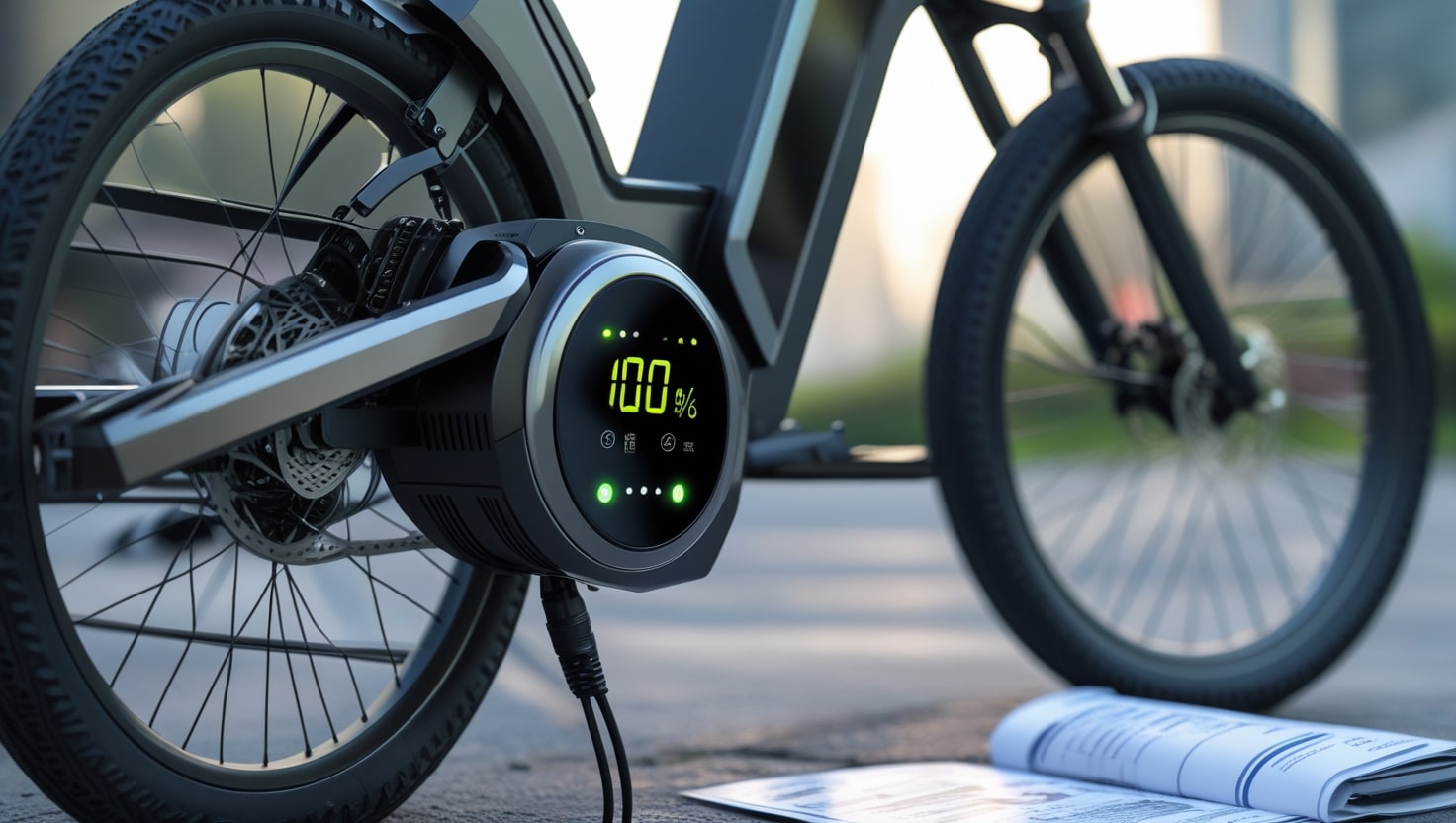If you’re thinking about exploring the beauty of Minnesota on an electric bike (e-bike), understanding the basics of the state’s laws is crucial. These rules are important for both new riders and seasoned riders who enjoy the eco-friendly and efficient nature of this mode of transportation. As an e-bike rider myself, I’ve noticed their growing popularity, especially on scenic trails.
Knowing the laws around riding, street legality, and where to go as an ebike enthusiast can make your experience seamless and enjoyable. This article covers the basics of Minnesota ebike laws, focusing specifically on riding laws. Whether you’re commuting or riding for fun, staying informed helps you fully embrace the benefits of e-biking in Minnesota.
Do You Need a License to Drive an Electric Bike in Minnesota?
In Minnesota, the law treats electric bikes much like traditional bikes, so riders don’t need a license, registration, or insurance to operate them. These rules cover all three e-bike classes, making access and use easy for all riders. I’ve personally found it freeing to explore without these requirements. Here’s how the classes break down:
- Class 1: Assists only when pedaling and will stop assisting at 20 mph.
- Class 2: Has a throttle-actuated motor that also ceases to assist at 20 mph.
- Class 3: Assists during pedaling but stops at 28 mph.
However, riders under fifteen years old are prohibited from operating an electric bicycle, ensuring safety on the roads and trails.
Minnesota Electric Bike Rebate Program
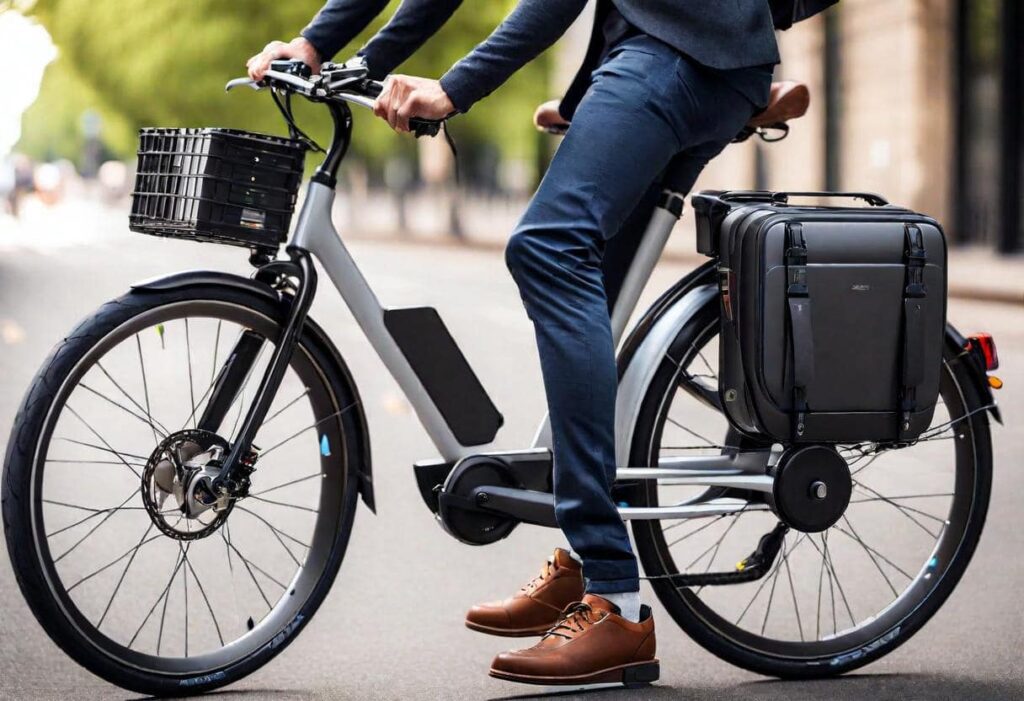
Starting July 1, 2024, the Electric-Assisted Bicycle Rebate Program in Minnesota aims to help residents by offering a discount of up to $1,500 on a qualifying e-bike, making it easier to afford a new e-bike. The e-bike Rebate covers 50-75% of a buyer’s expenses, depending on their income, but the rebate value cannot exceed the price of the e-bike. Both buyers and retailers need to apply to the Minnesota Department of Revenue to participate in this program, which is capped at $2 million in rebates per year for 2024 and 2025. While there’s no income limitation for the **
50% rebate, this program provides an excellent opportunity to reduce the cost of an e-bike. Keep an eye out for more info this summer to take full advantage of this eligible initiative.
Minnesota Ebike Laws, and Where You Can Ride
In Minnesota, electric bikes can be ridden on any bike path or shared-use path where bicycles are allowed. However, local governments can impose restrictions on specific paths or trails, so it’s important to check with local authorities about regulations in your area. As an experienced rider, I always verify trail rules before setting out to ensure I’m compliant and respectful of local rules.
All bike drivers, whether on an ebike or non-electric bicycle, must follow speed limits on roadways and trails. Some important ebike laws include being at least 15 or older to operate an ebike, and no driver’s license is required. Modifying your bike to bypass the built-in speed limit control is prohibited. On mixed-use trails, bikers must alert pedestrians of their approach using a bell or their voice to promote safety for everyone sharing the path.
Street Legal Electric Bike
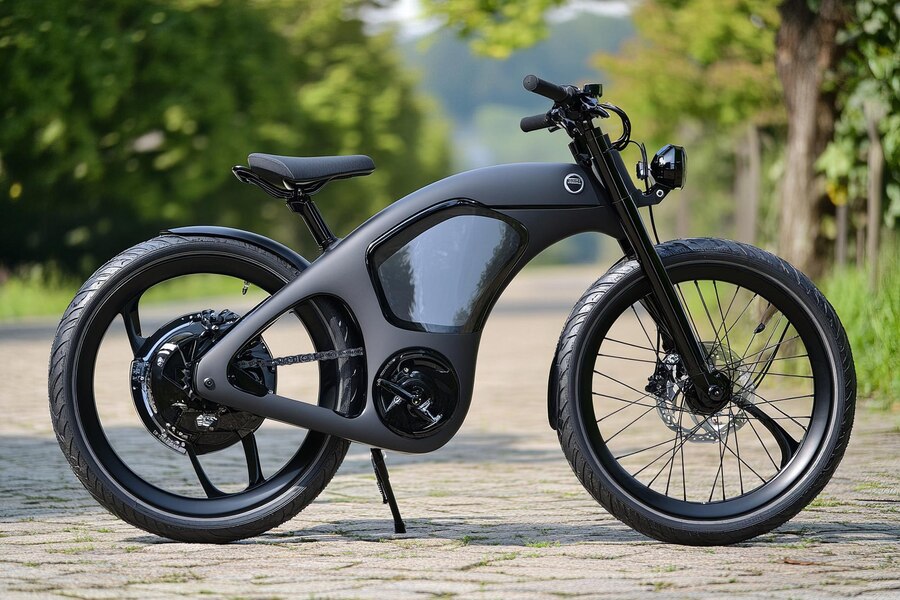
In Minnesota, all classes of electric bikes are considered street legal under the state’s regulations. They follow the same rules as human-powered bicycles, making it easy to ride alongside vehicles on the road. This ensures a seamless integration into existing traffic systems, allowing riders to enjoy the benefits of e-biking without disrupting the flow of transportation.
State and Local Trails:
Federal Lands: On lands managed by the U.S. Forest Service, e-bikes are treated as motorized vehicles. They are only allowed on motorized trails unless specifically permitted elsewhere. This means most singletrack trails are typically off-limits unless stated otherwise.
State and Local Trails: The Minnesota Department of Natural Resources allows Class 1, Class 2, and Class 3 e-bikes wherever traditional bikes are permitted. However, trails designated for non-motorized activities do not allow ebikes, so it’s essential to check local guidelines before heading out.
Navigating Local Regulations
Staying informed about local land rules is essential for riding legally and responsibly. Since these rules can frequently change, it’s a good idea to take a proactive approach by consulting local land management agencies for the latest regulations. This not only helps you enjoy your ride without issues but also supports the positive image of mountain bikers as responsible trail users, promoting harmony among all trail enthusiasts.
Related: How to Get a Free Electric Bike
20 is plenty?

As e-bikes gain wider acceptance, concerns over safety persist, especially with class 2 and class 3 models. Their increased speed and weight compared to traditional bicycles raise questions about the potential for serious crashes. With a top speed of 28 mph, a class 3 e-bike is faster than the average speed in the Tour de France. Some cities embrace the motto, “20 is plenty,” urging drivers to limit their speed to 20 mph on city roads. This raises an important question: should bicycles on a trail travel faster than what’s deemed prudent for a car on a street?
Another issue is the blurring lines between traditional human-powered vehicles and bicycles that can propel themselves, such as class 2 e-bikes, challenging the definition held by traditionalists. Adding to the list of safety concerns is battery safety, with reports of deadly fires linked to lithium-ion batteries. In response, legislation is advancing through Congress to mandate safety standards for these batteries, aiming to address this growing risk.
The joys of e-bikes
E-bikes bring incredible benefits, making cycling more accessible to a wide range of individuals in Minnesota. Whether it’s young riders forgoing cars, older adults extending their riding years, or commuters looking to get to work feeling less sweaty, these bikes open up exciting possibilities. They also help people with limited physical fitness, age, or a disability, providing expanded options for recreation and travel on the state’s extensive system of long-distance trails.
The environmental benefits of e-bikes are just as impressive. According to the Minnesota Department of Transportation, most trips people take are three miles or less, which makes e-bikes a smart choice to reduce greenhouse gas emissions and fossil fuel consumption. By using e-bikes, we can help improve air quality while enjoying the freedom to go farther than ever before, making them a win for both people and the planet.
What else should you know?
Driving an ebike is not just fun but also a more accessible and easier way to get around. With ebike sales in the United States increasing by 269% between 2019 and 2022, more people are choosing them as a preferred transportation method. Beyond riding, supporting safe biking, walking, and rolling initiatives in Minnesota helps create a community that’s more bike-friendly. If you’re curious, check out some helpful links to learn more about safety and accessibility.
Vehicles and uses that are not allowed on state trails
- Golf carts, motorized bicycles, and motorized foot scooters are not allowed on state trails, except in cases where they are specifically permitted.
- Motorized vehicles, including all-terrain vehicles, off-highway motorcycles, and off-highway vehicles, are prohibited unless explicitly allowed, such as on the Matthew Lourey State Trail.
Any vehicle exceeding half the width of the trail treadway is prohibited to maintain safety for all trail users.
- All users of state trails must stay on the right half of the Treadway when meeting or passing others. This guideline promotes smooth and safe trail sharing among users.
Related: When is Arizona Bike Week?
Wrapping it Up
Minnesota’s electric bike regulation emphasizes both safety and accessibility, enabling more people to take advantage of the many benefits of biking. Whether you’re commuting through city streets or exploring rugged singletracks, understanding and adhering to the laws helps create a safe and enjoyable experience for everyone. By staying informed and respectful of the rules, you contribute to keeping trails and paths accessible for all users, while enjoying the unique freedom of electric biking in Minnesota.
Related: How to Store Bike Apartment?
FAQs
Do you need a license to drive an electric bike in Minnesota?
No, you don’t need a license to operate an electric bike in Minnesota. Ebikes are regulated just like traditional bicycles, so they don’t require registration, licensing, or insurance as motor vehicles do.
Are electric bikes street legal in Minnesota?
Yes, electric bikes are street legal in Minnesota, and all three classes are subject to the same road rules as regular bicycles. This means they can be ridden on roads and bike lanes wherever other bikes are permitted.
What are the age restrictions for riding an electric bike in Minnesota?
In Minnesota, people under the age of fifteen are not allowed to ride electric bikes. The policy prioritizes the safety of young riders while promoting responsible e-bike use.
Can I ride my electric bike on trails in Minnesota?
Yes, you can ride your electric bike on many trails in Minnesota, but restrictions can vary based on the land management agency in charge. Class 1 and Class 2 e-bikes are generally permitted on trails designated for conventional bicycles. However, some regulations may restrict e-bikes on certain paths, especially those designated for non-motorized activities. If you’re unsure about trail regulations, check with local agencies to confirm you’re following the correct rules.

